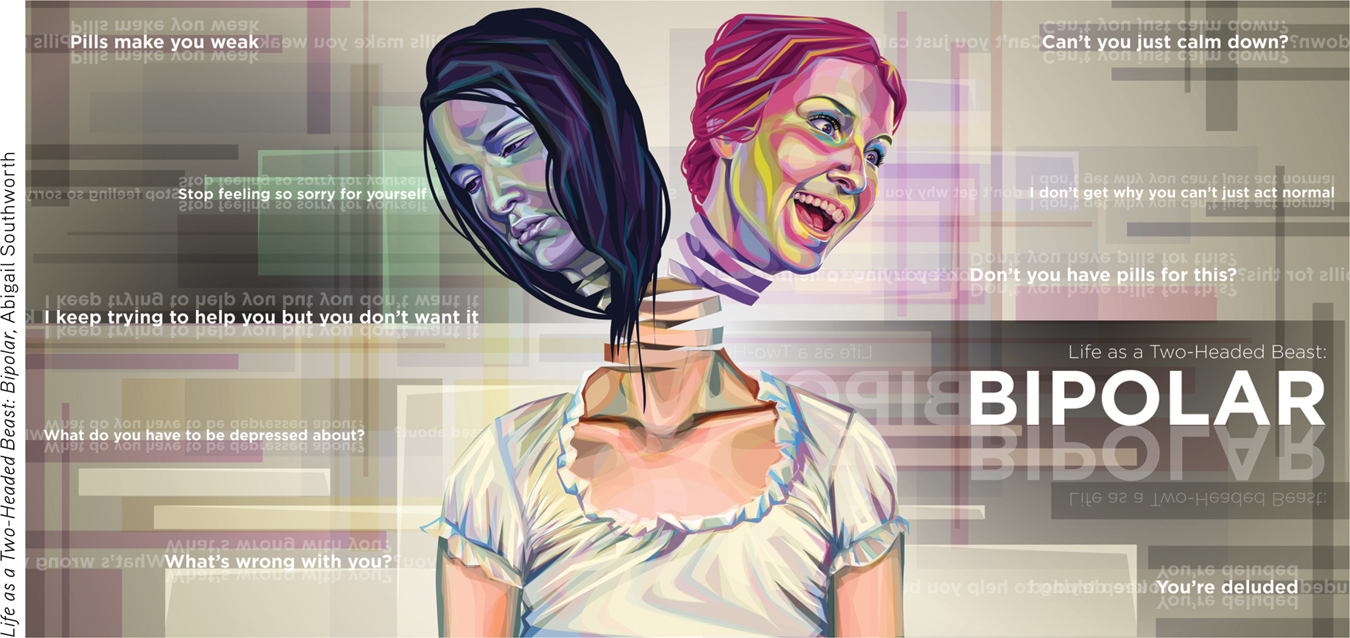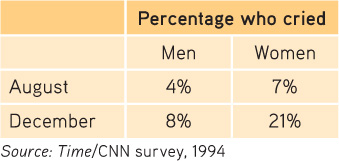51.2 Bipolar Disorder
With or without therapy, episodes of major depression usually end, and people temporarily or permanently return to their previous behavior patterns. However, some people rebound to, or sometimes start with, the opposite emotional extreme—
Adolescent mood swings, from rage to bubbly, can, when prolonged, lead to a bipolar diagnosis. Between 1994 and 2003, diagnoses of bipolar disorder swelled. U.S. National Center for Health Statistics annual physician surveys revealed an astonishing 40-

During the manic phase, people with bipolar disorder typically have little need for sleep. They show fewer sexual inhibitions. Their positive emotions persist abnormally (Gruber, 2011; Gruber et al., 2013). Their speech is loud, flighty, and hard to interrupt. They find advice irritating. Yet they need protection from their own poor judgment, which may lead to reckless spending or unsafe sex. Thinking fast feels good, but it also increases risk taking (Chandler & Pronin, 2012; Pronin, 2013).
For some people suffering depressive disorders or bipolar disorder, symptoms may have a seasonal pattern. Depression may regularly return each fall or winter, and mania (or a reprieve from depression) may dependably arrive with spring. For many others, winter darkness simply means more blue moods. When asked “Have you cried today?” Americans have agreed more often in the winter (TABLE 51.2).
 Table 51.2
Table 51.2Percentage Answering Yes When Asked “Have You Cried Today? ”

In milder forms, mania’s energy and flood of ideas fuel creativity. George Frideric Handel, who may have suffered from a mild form of bipolar disorder, composed his nearly four-
It is as true of emotions as of everything else: What goes up comes down. Before long, the elated mood either returns to normal or plunges into a depression. Though bipolar disorder is much less common than major depressive disorder, it is often more dysfunctional, claiming twice as many lost workdays yearly (Kessler et al., 2006). It afflicts adult men and women about equally.
